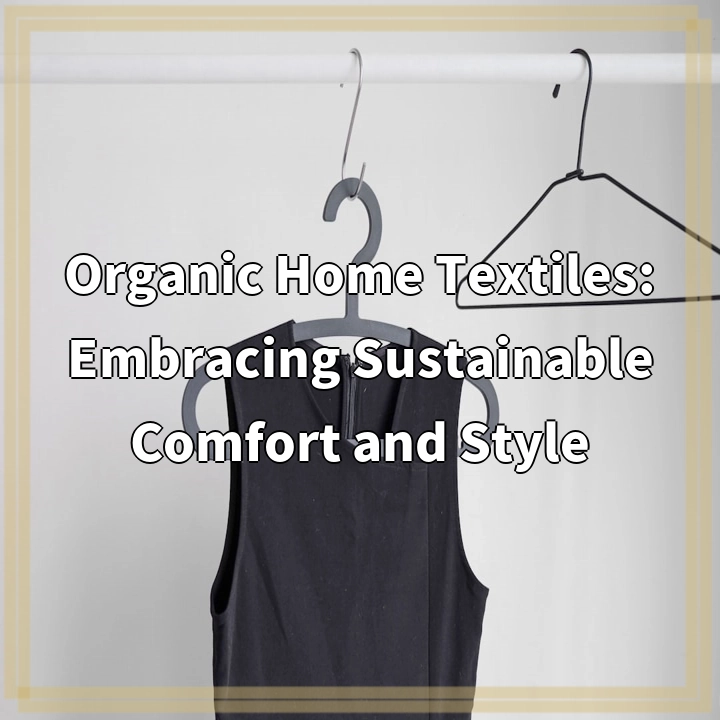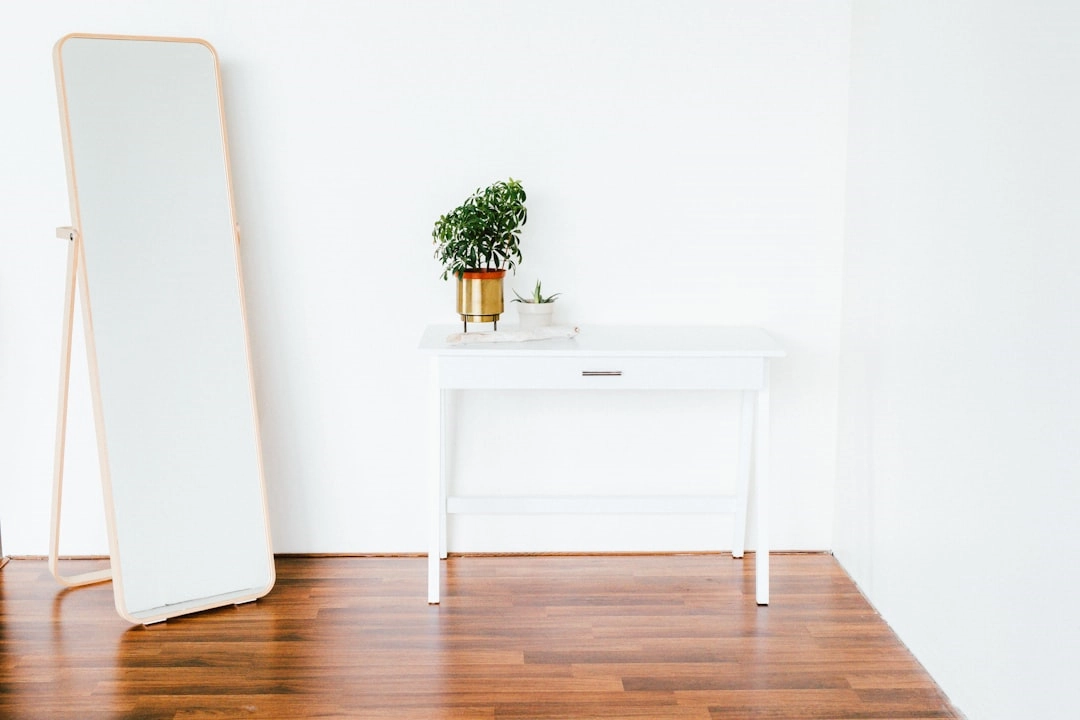
What it is:
Organic home textiles are a growing trend in the world of interior design and home decor. They refer to household items such as bedding, towels, rugs, curtains, and other textile products that are made from organic materials.
Unlike conventional home textiles that may be made from synthetic fibers or conventionally grown cotton, organic home textiles are produced using organic and sustainable materials.
These materials are cultivated without the use of harmful pesticides, herbicides, or genetically modified organisms (GMOs). They are also processed using eco-friendly methods that minimize environmental impact.
Real-world problems:
While organic home textiles offer various benefits, they also address several real-world problems that are associated with conventional textile production.
1. Pesticide exposure:
Conventional cotton, one of the most commonly used materials in textile production, is heavily sprayed with pesticides. These toxic chemicals not only harm the environment but also pose a risk to the health of farmers, textile workers, and consumers.
2. Water pollution:
The production of conventional textiles involves the use of numerous chemicals, dyes, and finishes, which can find their way into natural water sources. This contributes to water pollution and endangers aquatic ecosystems.
3. Soil degradation:
Intensive agriculture practices used in conventional textile production deplete the soil of nutrients, leading to erosion and degradation. This impacts the fertility and long-term sustainability of agricultural land.
4. Waste generation:
The textile industry is notorious for its production of waste, including fabric scraps, dye runoff, and packaging materials. Conventional textiles also have a shorter lifespan due to their synthetic composition, contributing to the growing problem of textile waste in landfills.
5. Human rights and fair trade:
Conventional textile production often involves exploitative labor practices, unsafe working conditions, and low wages in many parts of the world. By choosing organic home textiles, consumers can support fair trade practices and help promote better working conditions.
By embracing organic home textiles, we can contribute to the solution of these real-world problems. These sustainable and eco-friendly alternatives not only provide comfort and style but also promote a healthier and more environmentally conscious way of living.

Solutions:
1. Choosing organic:
By opting for organic home textiles, consumers can support sustainable farming practices that avoid the use of harmful pesticides and GMOs. Look for textiles that are certified organic to ensure you are making an environmentally friendly choice.
2. Eco-friendly processes:
Select textiles that have been processed using eco-friendly methods such as natural dyes and low-impact finishing processes. This reduces chemical pollution and minimizes the environmental footprint.
3. Supporting sustainable brands:
Buy from brands that prioritize sustainability and ethical practices. Look for certifications such as Fair Trade or GOTS (Global Organic Textile Standard) to ensure that workers are treated fairly and the entire supply chain is environmentally responsible.
4. Extending product lifespan:
Take care of your organic home textiles to prolong their lifespan. Follow care instructions, mend any small damages, and avoid excessive washing to reduce waste and promote a circular economy.
5. Upcycling and recycling:
When your organic home textiles reach the end of their functional life, consider repurposing or upcycling them into new products. If not possible, find textile recycling programs in your area to ensure responsible disposal.
To conclude:
Choosing organic home textiles is a proactive solution to the real-world problems associated with conventional textile production. By making conscious choices, we can create a sustainable future, protect our health, and contribute to the well-being of the environment and communities around the world.















